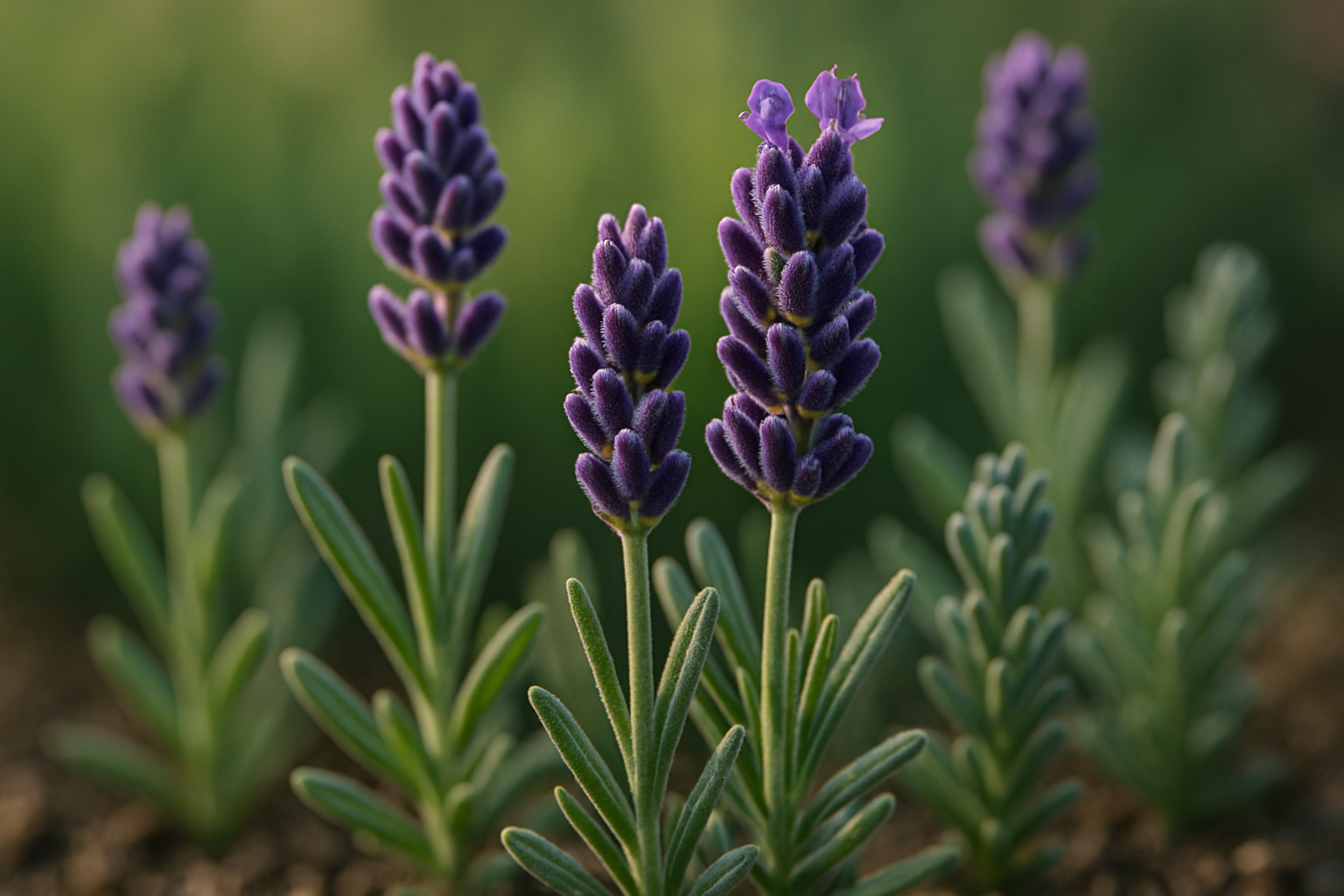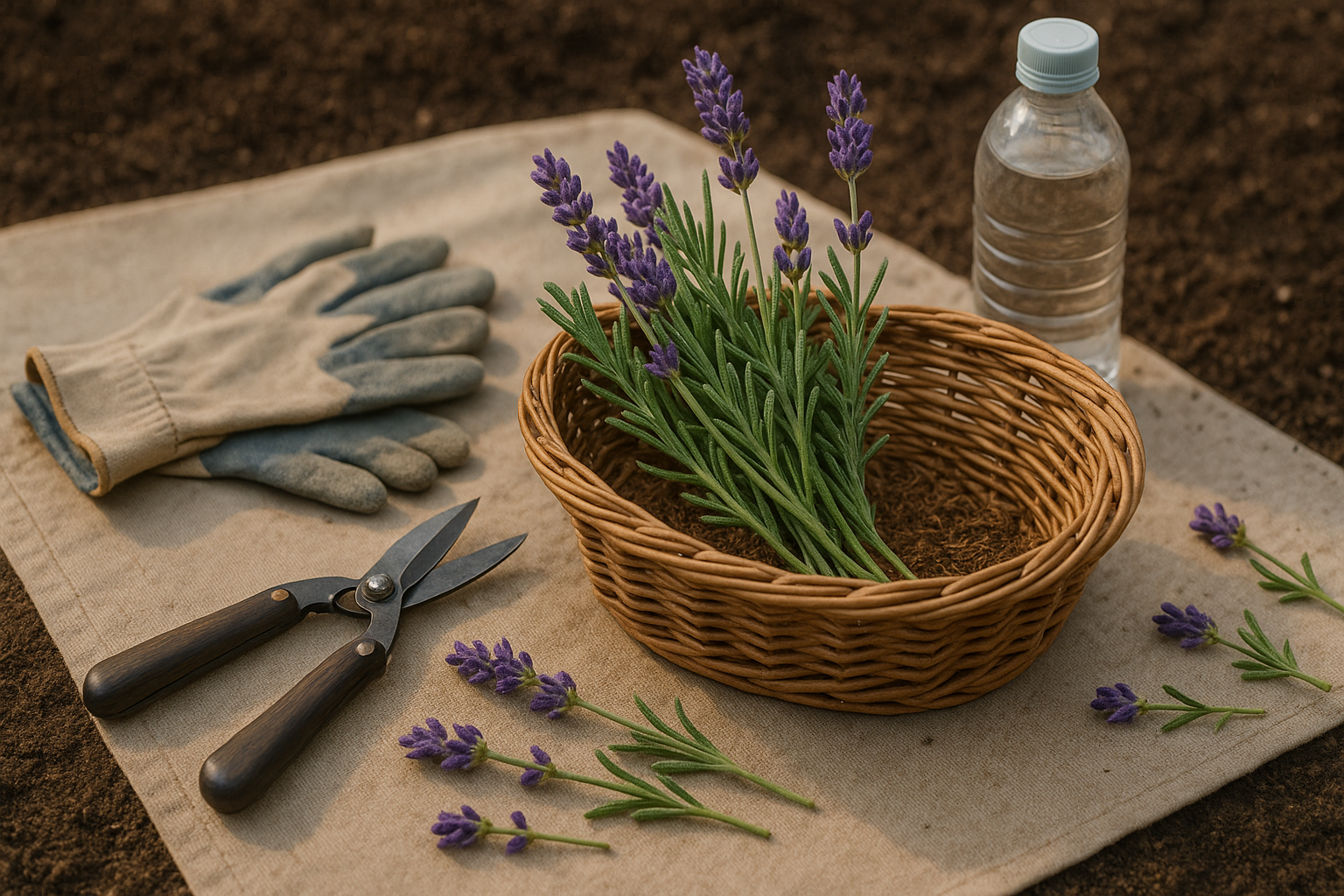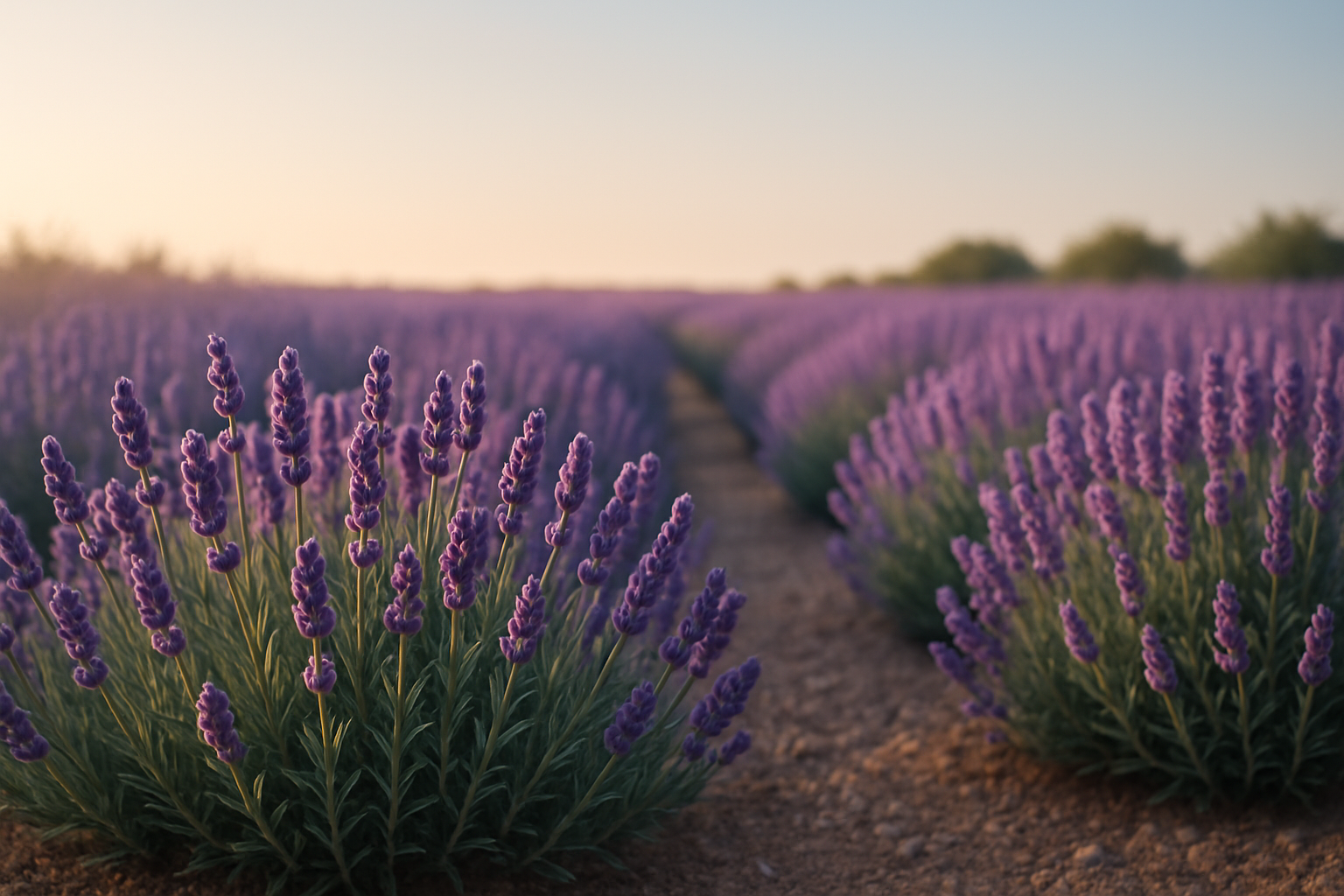Understanding the Best Time to Harvest Lavender

Harvesting lavender at the right time is crucial if you want to enjoy its strongest fragrance, vibrant color, and highest essential oil content. The magic window for most lavenders is when the majority of buds are swollen, but only a few lower flowers on the stem have just begun to open. This stage locks in the richest scent and best color, ensuring your dried bundles look beautiful and smell divine for months.
If you wait too long, after most flowers have bloomed, the oils start to dissipate and the color fades, making the lavender less valuable for sachets, crafts, or oil extraction. Visually, look for tight purple or blue buds and just a couple of open flowers per stem—this is your green light to start harvesting.
Timing can vary among lavender varieties: English lavender (Lavandula angustifolia) tends to bloom in early summer, while lavandin types (Lavandula x intermedia) are often ready later in the season. Weather plays a key role as well; hot, sunny spells can speed up blooming, so keep a close eye during high heat. Conversely, cool, wet weather might delay flowering, so be patient and watch for those visual cues.
Aim to harvest after the morning dew evaporates but before the midday heat, as this is when oil content peaks and you’re less likely to trap moisture that causes mildew. A quick tip from experienced growers: always walk your rows with scissors or snips in hand—you’ll notice subtle differences from plant to plant, letting you pick only the stems at their peak.
By tuning into these visual and environmental cues, you’ll get the most from your lavender, whether your goal is oil distillation, fresh bouquets, or fragrant sachets.
Tools and Preparation Before Harvest

Before you start harvesting lavender, gathering the right tools and prepping your workspace can make a big difference in efficiency and the quality of your harvest. Essential tools include sharp scissors or pruning shears, which help you make clean cuts without damaging the plant stems.
A pair of gloves is also important—not only will they protect your hands from lavender’s woody branches, but they’ll also help prevent irritation if you have sensitive skin. Have a basket or large container nearby to collect the clipped stems, so you’re not running back and forth.
Before harvesting, check your lavender plants for any signs of disease or pests, and make sure they’re dry; harvesting after dew or rain can lead to mold during drying. Clear away any clutter from your workspace and lay down a clean sheet or tarp to catch stray buds. Always sanitize your scissors or pruners before use to reduce the risk of spreading plant diseases.
Work in a well-ventilated area, especially if you’re sensitive to lavender’s strong scent. Finally, bring a water bottle and take breaks if you’re harvesting a large patch—staying hydrated helps you stay focused and safe during the process.
How to Harvest Lavender for Drying
Harvesting lavender for drying is a rewarding process, but timing and technique are everything if you want to preserve color, scent, and oil content. Start by choosing a dry morning, after the dew has evaporated but before the midday sun is strong—this is when the flowers hold the most oils, boosting fragrance and longevity.
Look for stems with buds just starting to open; tight, plump buds offer the best results for drying compared to those in full bloom, which may lose petals. Using clean, sharp garden shears, snip the stems about 2 to 4 inches above the woody base, making sure to leave green growth behind—this helps the plant regrow for future harvests.
For small home projects, gather a handful of stems (about 20–30) and secure them with twine, ensuring the bundle isn’t too thick to allow airflow. For larger harvests, work in sections, using a sickle or large shears to cut multiple stems at once, collecting them in loose bundles to prevent mold. Always avoid cutting into old, woody growth, as this can damage the plant and reduce future yields.
Once harvested, hang your bundles upside down in a cool, dark, well-ventilated spot—think of an attic or shed—to retain color and prevent the stems from curling. Whether you’re snipping a few lavender stems for sachets or harvesting rows for crafts, a gentle hand and the right timing make all the difference for beautiful, long-lasting dried lavender.
Preparing Lavender for the Drying Process
To prepare lavender for drying, start by harvesting the stems in the morning after the dew has dried but before the heat of midday. Use sharp scissors or garden shears to cut long stems just above the leaves, selecting flowers that are mostly open but not fully bloomed—this helps ensure better scent and color once dried.
Gather the stems into small bundles, ideally about half an inch to an inch in diameter, or roughly 20–30 stems per bundle. Avoid making the bundles too thick, as this can trap moisture and cause mold. Secure each bundle tightly at the base using a rubber band or twine; as the stems dry and shrink, the tie will stay snug and keep things tidy.
To keep the flowers neat and prevent drooping, gently align the stems and avoid crushing the blooms. Hang the bundles upside-down in a dark, well-ventilated space such as an attic, unused closet, or shaded porch. Avoid direct sunlight, as it can fade the lovely purple hues.
For extra protection, wrap the bundles loosely in paper to shield them from dust while allowing air to circulate, and check the bundles weekly for dryness and to catch any wilting or mold early.
Methods for Drying Lavender Effectively
Drying lavender at home is easy, but the method you choose can greatly affect its quality and aroma. Air drying, the most traditional technique, involves tying small bundles of lavender with string and hanging them upside down in a dark, dry spot with good airflow. This method preserves essential oils and typically takes about two to four weeks, depending on humidity.
Paper bag drying is a great option if you’re worried about dust or petals falling off. Simply poke a few holes in a small paper bag, loosely place the lavender stems inside, and hang the bag upside down in a well-ventilated area. This method usually takes about two to three weeks.
For faster results, using a food dehydrator is an excellent choice. Lay out the stems in a single layer, set the temperature to the lowest setting (ideally around 95°F/35°C), and check after a few hours. Full drying generally takes between two and six hours.
No matter which method you choose, prioritize indirect light—since direct sunlight can fade the color and essential oils—dry air, and steady air movement to prevent mold. Never crowd stems together; good air circulation is key. You’ll know the lavender is fully dried when the stems snap cleanly and the buds feel crisp, not bendy.
Watch out for common pitfalls: too much humidity or lack of airflow can encourage mold, while hanging lavender in direct sun will quickly diminish its scent and color. Whether you’re drying batches for sachets, crafts, or culinary uses, a little attention to drying conditions will reward you with beautifully preserved lavender.
Storing and Using Dried Lavender
To keep dried lavender at its best, store it in airtight glass jars or metal tins to block moisture and preserve its signature fragrance. Avoid plastic containers, as they can trap humidity and dull the scent.
Keep your containers in a cool, dark cupboard or pantry, away from direct sunlight. Sunlight can fade the flowers and reduce their potency. When stored properly, dried lavender will retain its aroma for up to a year.
Creative Uses for Dried Lavender
Dried lavender offers plenty of creative uses:
- Tuck dried buds into small fabric sachets for drawers and closets to naturally repel moths.
- Infuse your home with calm by displaying lavender bouquets in vases or wreaths.
- Get crafty by making homemade candles or soaps infused with lavender.
- Experiment in the kitchen—sprinkle culinary-grade lavender into shortbread cookies, lemonade, or herbal teas for a delightful twist.
If the scent starts to fade, gently crush the buds between your fingers to release more oils or add a few drops of lavender essential oil to revive your sachets. For dull color, try displaying lavender stems alongside complementary dried flowers or refresh your arrangements by rotating in newly dried batches each season.
Remember to store only thoroughly dried lavender to prevent mold and keep both scent and color intact as long as possible.
